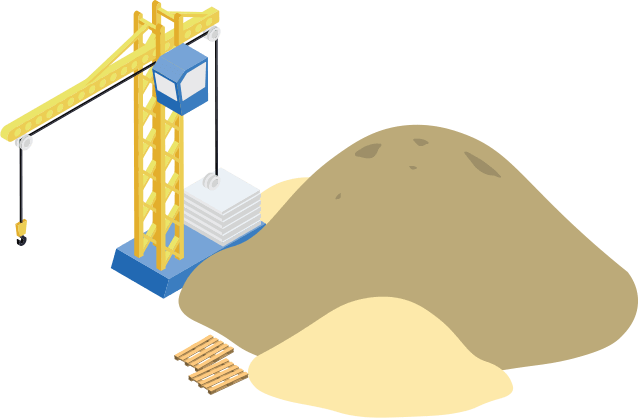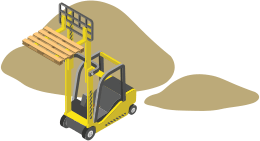In our everyday life, we are surrounded by typography. Its our way of communicating with the world. However, behind the actual format structure, there are more attributes that need consideration when displaying type.
Many questions arise when choosing the direction of how a graphic designer should proceed in approaching type. What font families will communicate the strongest to the client? Which fonts will work the strongest with one another? How can size affect the hierarchy of the design outline? Will the arrangement and the spacing between words and letters communicate more effectively?
So far, in my graphic design academic career, I’ve learned how significant the use of typography can be, and how strongly it effects how a design communicates to the public eye. Pioneers of design, like the Swiss designers Josef Muller-Brockmann and Wolfgang Weingart show the beauty of how typography alone can create a strong design. They consider the attributes of the letterform within its font, overall body and structure of paragraphs, arrangement of content within the canvas space, and utilizing the blank space surrounding the content to create a strong piece of design that focuses on typography.
When we consider the positioning of content, we must refer to where it lies on the grid. Josef Muller-Brockmann’s laws of universal validity of the grid system helps us gain a better understanding of what creates a successful typographic design structure; he urges us to systemize, clarify, cultivate objectivity, rationalize, integrate elements, obtain architectural dominion, adapt to a positive attitude, and to work constructively and creatively. These laws abiding to the grid and incorporating typographic rules allow the designer to create a successful design.
These disciplines apply to how we as designers create a strong stationary or web design for our clients. We strive to discover the correct fonts that are going to emphasize the motive of the client and utilize the content that is supplied in order create a simplistic, typographic hierarchy with a harmonious outcome.
The challenge is how would the design look if it stood alone with its typography? Does it still urge the audience to read the text? If so, does it communicate what the brand intended it to? If these questions are all answered with yeses, then the designer has successfully used typography to its strongest potential.









